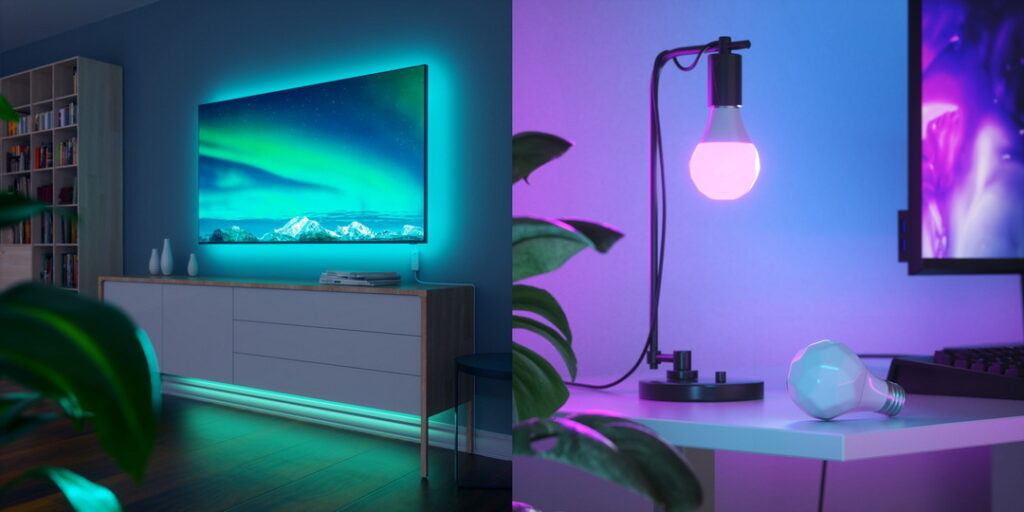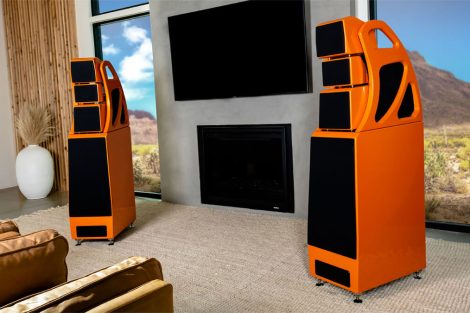Nanoleaf today announced that all of the company’s future products will feature Thread technology. We will soon see these in the new Learning Series with switches and sensors and through updates to Nanoleaf Tile.
Thread is becoming more and more common, but for many people it is still unclear what it is exactly. Thread can best be described as a mesh network protocol and is already being embraced by a few superpowers in the world of smarthome, including Google and Apple. Thread can thus connect your connected devices together in a separate mesh network, a bit similar to ZigBee and Z-Wave. You don’t need a hub for it, though. It is based on an open standard and is known for its very low energy consumption. And does one product fail? Then another product with this protocol takes over immediately, so that you will not experience any further downtime. Thread allows devices to communicate directly with each other regardless of manufacturer. It is therefore expected that we will see Thread more often in the near future.
Thread technology becomes standard with Nanoleaf
Back to Nanoleaf. The manufacturer wants to bring this new mesh technology to the Essential Series, which consists of the new smart lamp and the LED strip. It must also be possible to update the Tiles so that it will support this technology. It is still unclear exactly how this works, because the basis must already be present. The previous products mainly used WiFi, such as the one we tested Nanoleaf Canvas. The manufacturer seems to be changing course, because all future Nanoleaf products must support Thread as standard.

About Nanoleaf
You know Nanoleaf in particular from the LED panels in triangles, squares and hexagons. The colored panels can be operated individually and provided with 16 million colors or white light. You place these panels in a design that you want. You can then display various scenes via the app and the panels respond to touches and music.




Add Comment